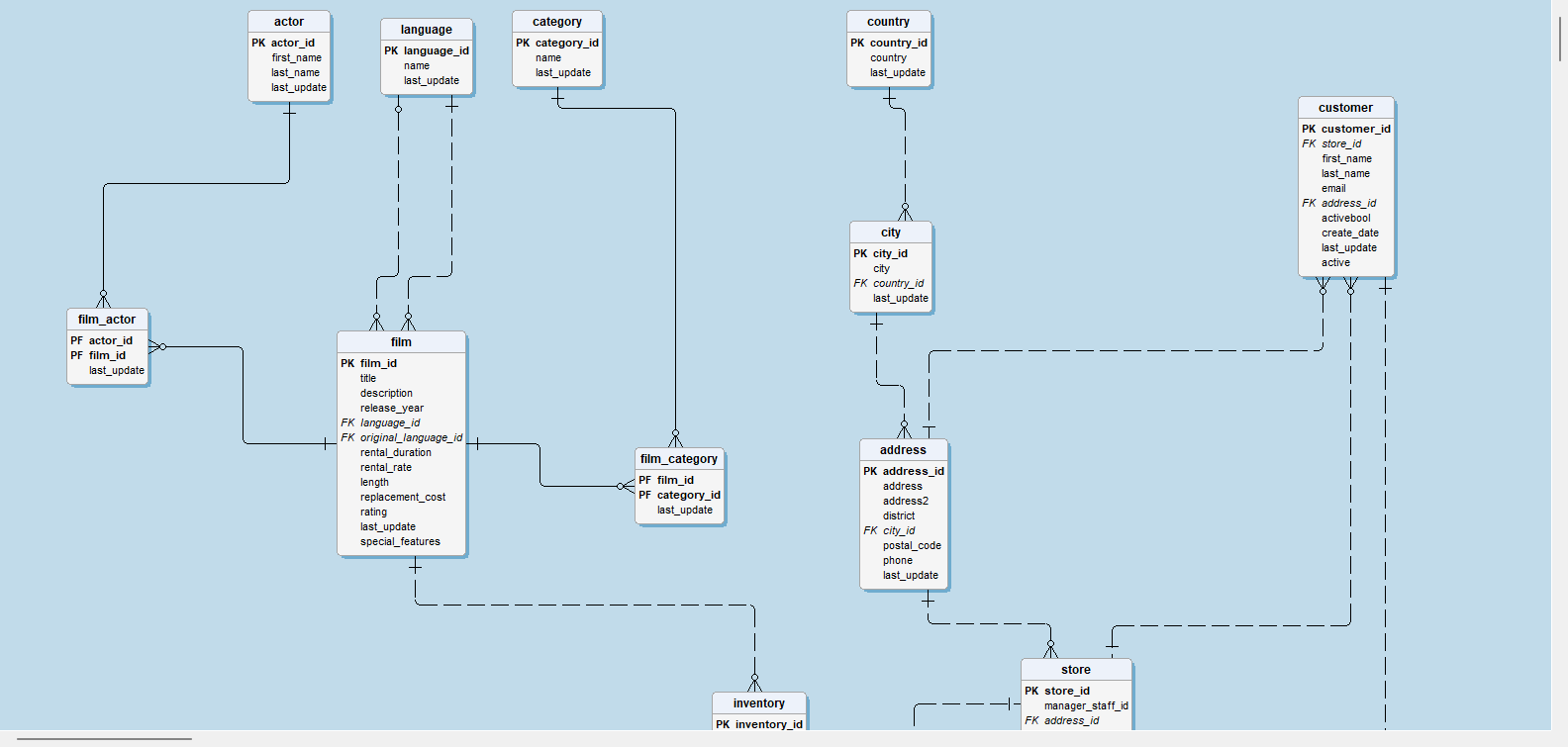Home > Blog > Data Modeling

Why Do We Need a Data Modeling Tool?

|
The Datanamic Team |
Data modeling plays a crucial role in managing and analyzing data effectively. By organizing and structuring data systematically, organizations can uncover valuable insights, optimize workflows, and enhance decision-making processes. This makes data modeling tools indispensable for any business that works extensively with data.
A good data modeler basically only needs one tool and that is the knowledge and ability to devise data models that solve problems in the real world. Data modeling is creating a plan for how data should be organized and stored. Data modelers must translate their designs into artifacts that help communicate ideas and concepts. Ultimately, they must convert these artifacts into flexible and efficient databases. Translating complex designs into tangible outcomes requires more than just theoretical knowledge. It demands tools that facilitate implementation, visualization, and communication.
A robust data modeling tool helps streamline this process, making it easier to build and maintain databases. These modeling tools simplify the modeling process, enabling data professionals to focus on designing efficient systems rather than getting bogged down in technical details. When integrated effectively into the engineering lifecycle, data modeling tools can significantly speed up implementation and reduce maintenance costs over the database's lifetime.
ER Diagrams and Data Modeling
One of the most widely used "tools" within data modeling is the Entity-Relationship Diagram (ERD). ER diagrams provide a visual representation of data structures, focusing on the relationships between entities, attributes, and their associations. This visualization helps to simplify complex database designs, making it easier for stakeholders (technical and non-technical) to understand the database's structure.
Modern data modeling tools offer robust features to create, manage, and refine ER diagrams efficiently. They allow for the automation of diagram creation, making the process quicker and more accurate. With modeling tools you can automatically generate ER diagrams from existing databases and update diagrams as database changes occur.
Pagila is a sample PostgreSQL database based on MySQL's Sakila. This is a part of the ER Diagram for this database.
Characteristics of a Good Data Modeling Tool
To justify its use, a data modeling tool must add genuine value to your development process. It should be intuitive, easy to use, and seamlessly integrate into your workflow without hindering productivity. A high-quality tool is more than just a means to create visually appealing diagrams; it serves as a comprehensive platform to design, refine, and manage data models effectively.
An ideal data modeling tool should:
- Generate database schemas directly from the data model.
- Incorporate changes from live databases into your existing models.
- Create change scripts by comparing your model with the live database structure.
- Publish and maintain data definitions to ensure consistency and accessibility.
- Convert models into SQL, streamlining database creation.
- Create clear and visually appealing ER diagrams, including sub-diagrams for complex systems.
- Support version control to manage different iterations of your model.
Building the Data-Driven World
By utilizing advanced tools like ERwin, ER/Studio, or DeZign for Databases, data modelers can automate repetitive tasks, ensuring their designs remain efficient and up to date. Features like ER diagram creation enhance collaboration and reduce misunderstandings, making these tools essential for modern data engineering.
Ultimately, ER diagrams and data modeling tools work hand in hand to empower organizations to design and manage databases that meet real-world demands. With these resources, the complexities of database creation become more manageable, allowing businesses to fully leverage their data for innovation and growth.

